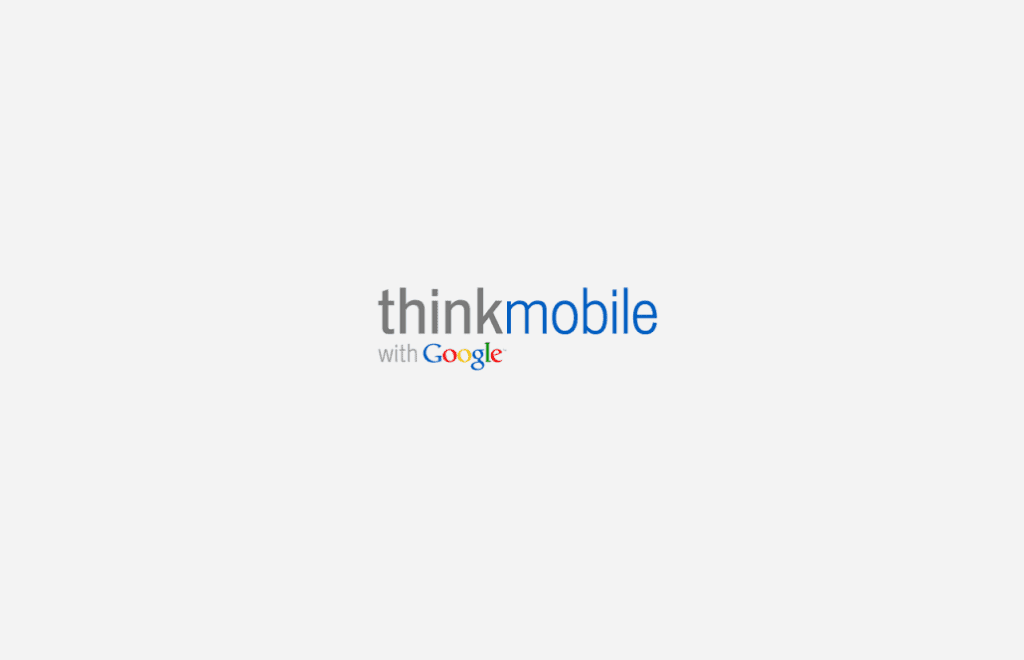Having compelling ads and keywords in dominant positions on the SERP is meaningless if you are driving traffic to an inadequate landing page. Below is a breakdown of various elements to consider when creating PPC landing pages in order to maximise your return on advertising costs.
CALL TO ACTION (CTA)
- Do the CTA’s appear above the fold?
- Are there only a limited amount of call to actions on the page?
- Are the call to actions positioned and sized in line with their priority?
- Do the call to actions make it clear to the user what the next action is?
DESIGN
- Does the design focus attention on what is on offer?
- Is the key messaging above the fold?
- Is the overall design clean/uncluttered?
- Is there a good contrast between the text and the images/background?
BRANDING & SITE PURPOSE
- Is the Brand logo clearly visible?
- Is the landing page in line with the corporate colours?
- Is it clear what the user can expect from the landing page?
- Are there clear headlines?
VISUALS
- Are the images or videos used of high quality?
- Are the images relevant to your product or service?
- Are you testing the impact on conversion rate using different images/creative?
- Does the image or video build trust in the product or service?
MOBILE LANDING PAGES
With mobile usage strongly increasing YoY and desktop growth decelerating, making sure your landing pages are optimised for mobile is essential.
Speed
Speed should be a key priority when creating mobile landing pages. According to Google’s Webmaster Central Blog (April, 2015) the biggest annoyance for mobile users is waiting for slow pages to load (46%), followed by being shown interstitials (16%). To compound this, a 1 second delay can be equated to an approximate 4% decrease in conversation rate (Mobile Commerce Daily, KISSMetrics).
Ergonomics
An often overlooked aspect in designing a strong mobile landing page is human ergonomics. More specifically, how users tend to hold their phones. According to uxmatters.com, this is broadly split into one handed (49%), supported (26%) and two handed (15%). This has implications for landing page design because it means that there are certain areas which are harder or less intuitive to reach for users than others. As the overwhelming majority of people are right handed, and hold their phone with one hand, this implies that content placed in the top left area of the screen will be less likely to get clicked on. As such, the “sweet spot” for a call to action for a mobile optimised landing page is likely to in the centre, or slightly to the right of the screen.
SUMMARY
In summary, designing a great landing page goes beyond a visually appealing aesthetic (although it helps!), and requires continuous A/B testing. One must consider their call to actions, overall design, what visuals to use, and the purpose of the site. Besides observing metrics such as Bounce rate and conversion rates, it may be worth surveying your target audience on their experience to get more context into why a particular page is working well or not. Additionally, with mobile increasingly taking centre stage in how users navigate online, making sure landing pages are mobile optimised is essential, and involves actively thinking about how users engage with their devices. Lastly, although I have broken down best practice into many different elements, it is important to stress that users will likely make a decision about your landing page in a split second. As such, making sure all the elements come together in an organic manner will improve your chances of making a great first impression to your audience.



